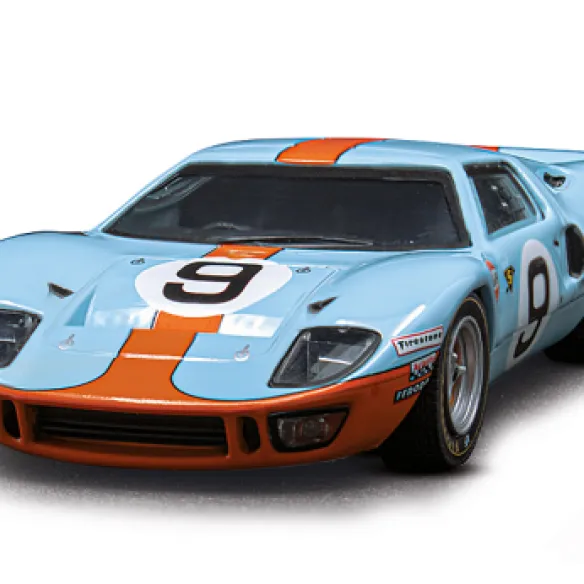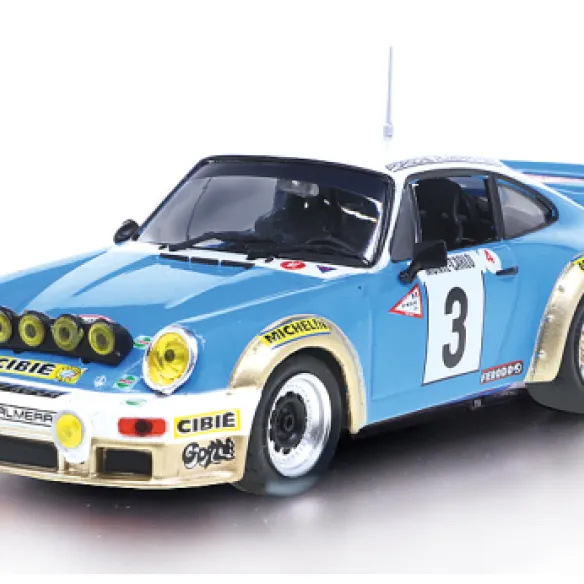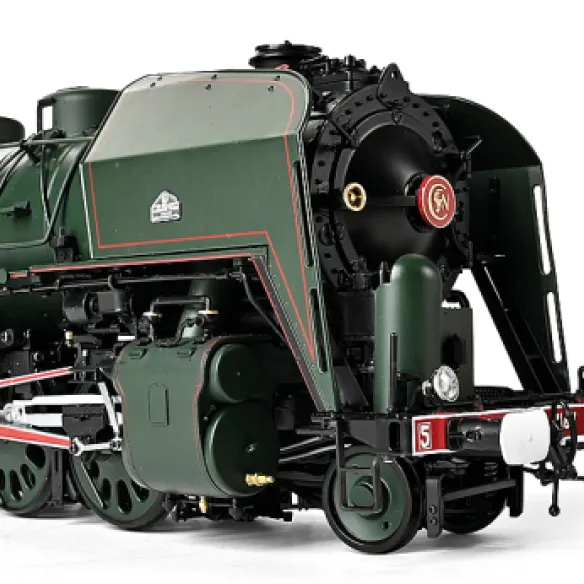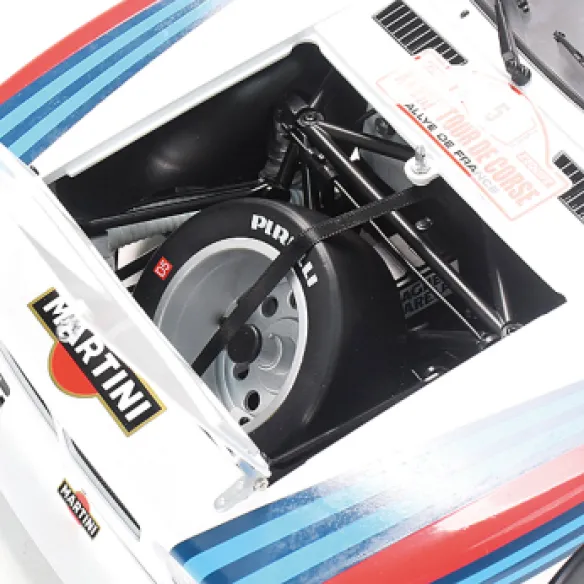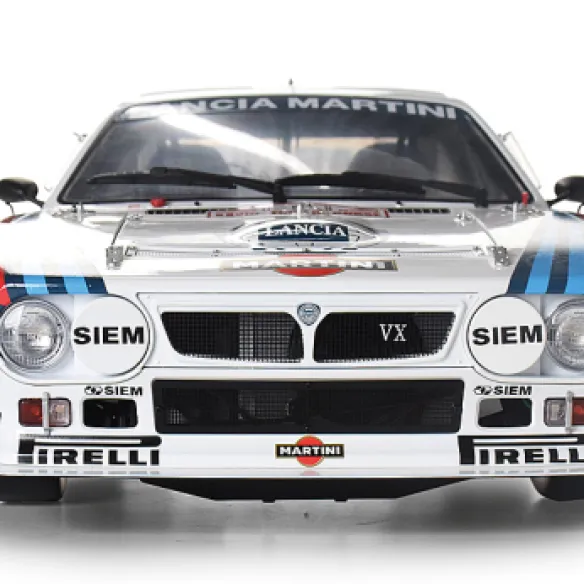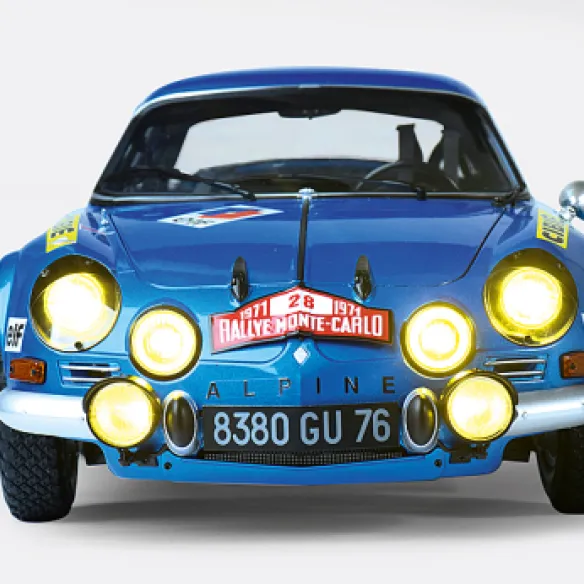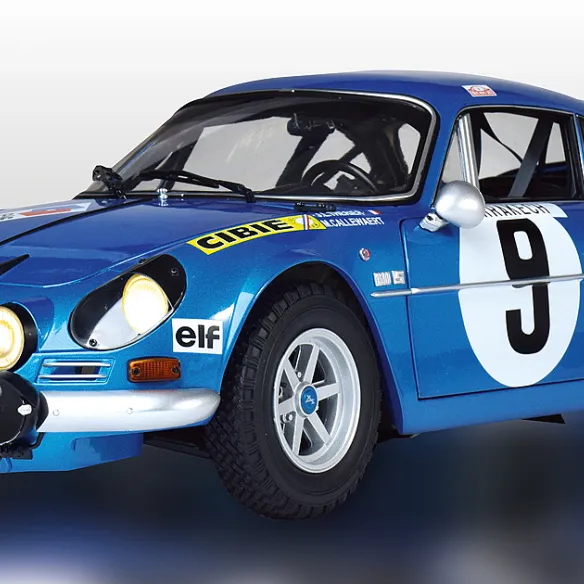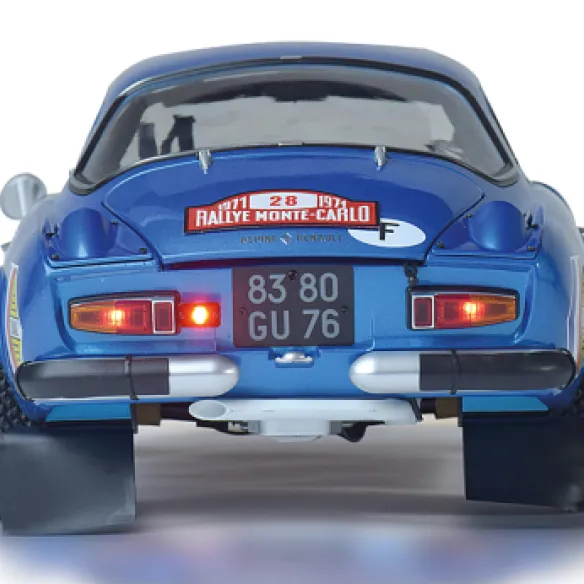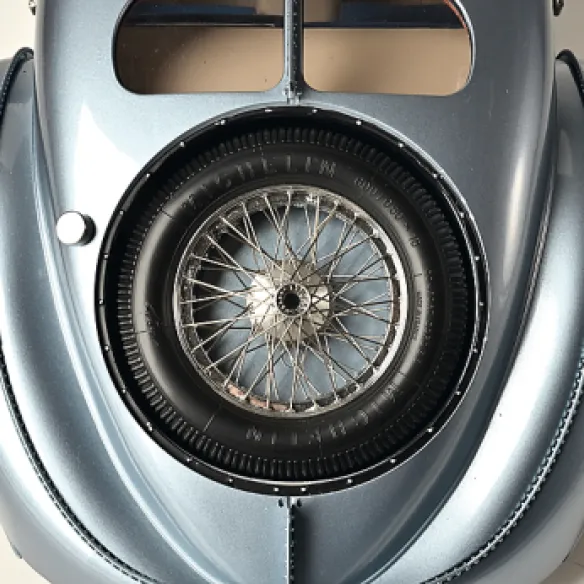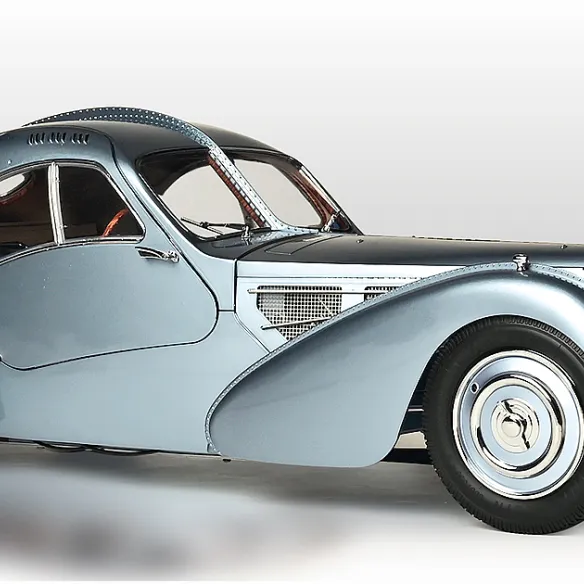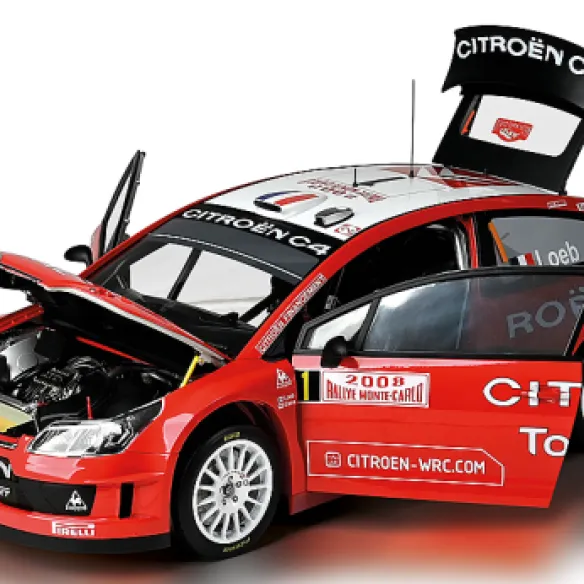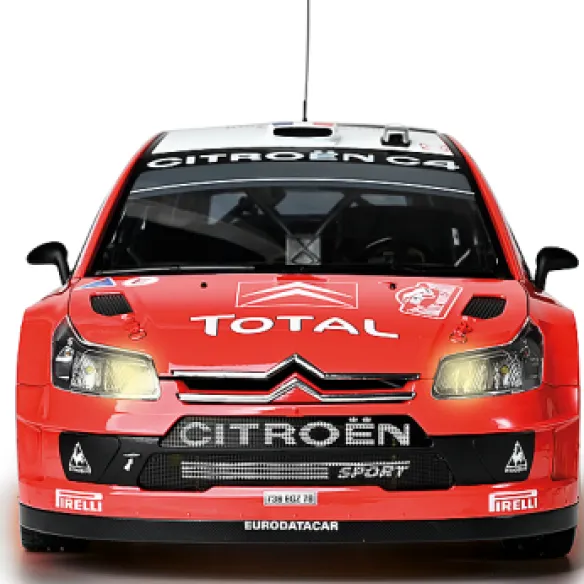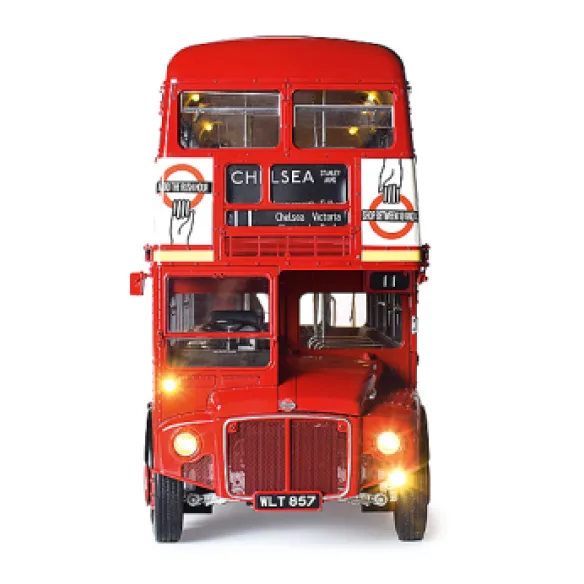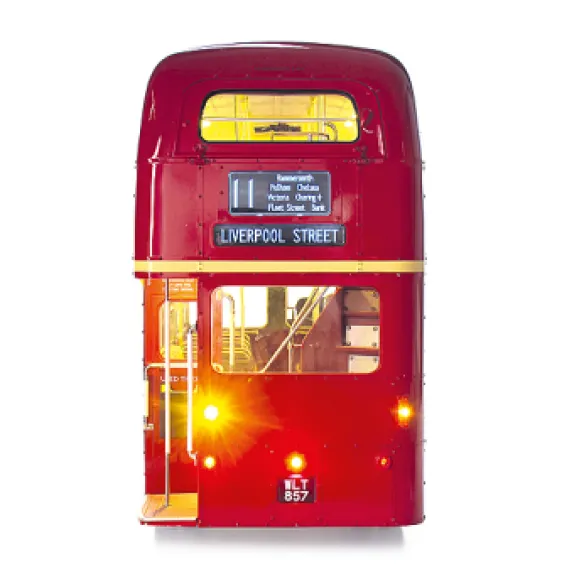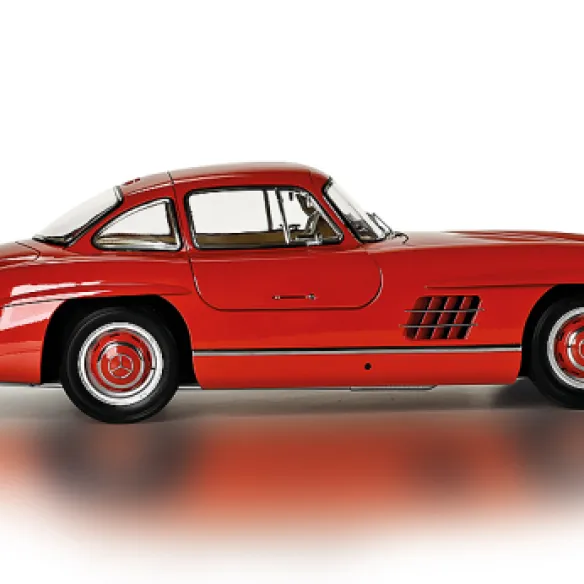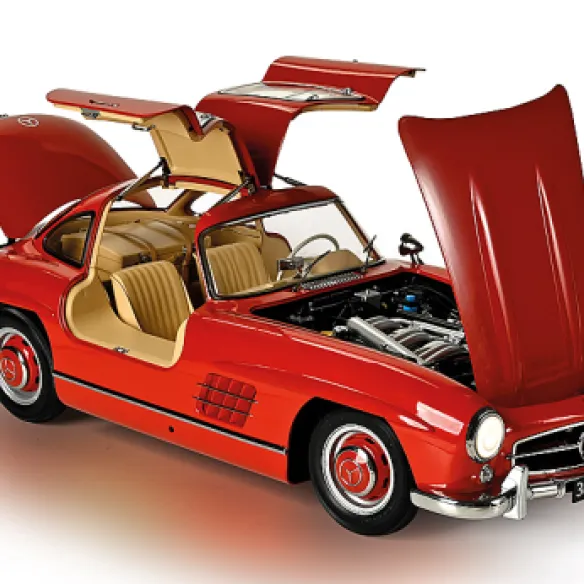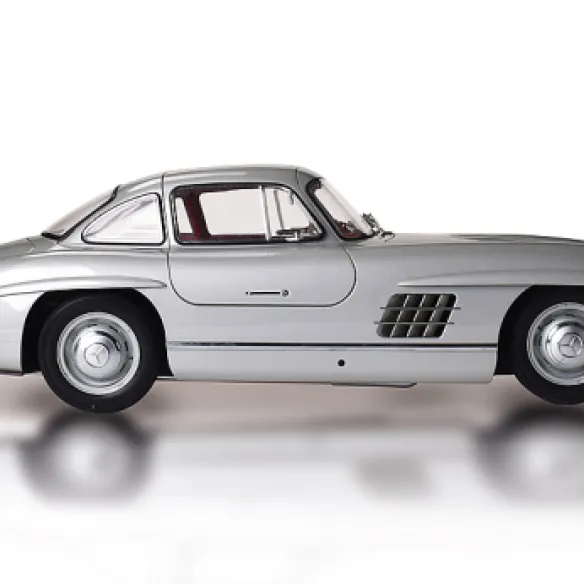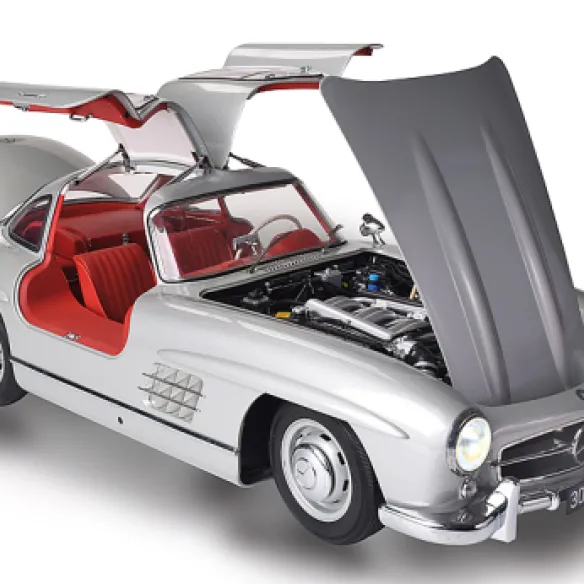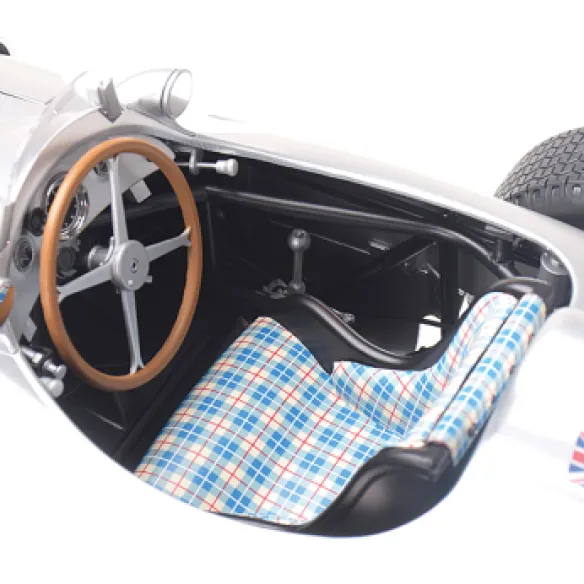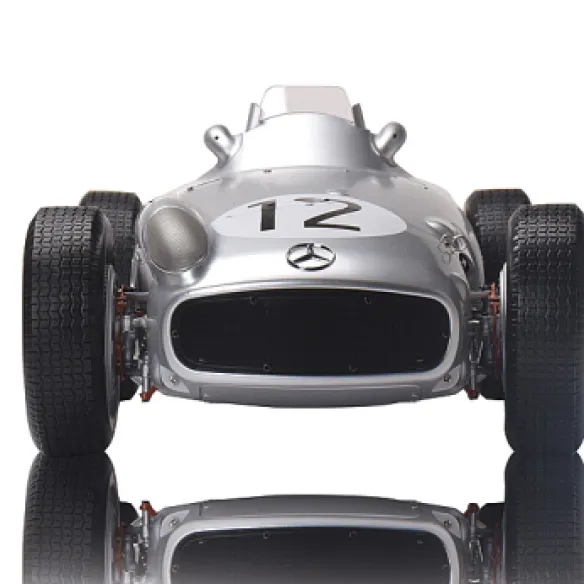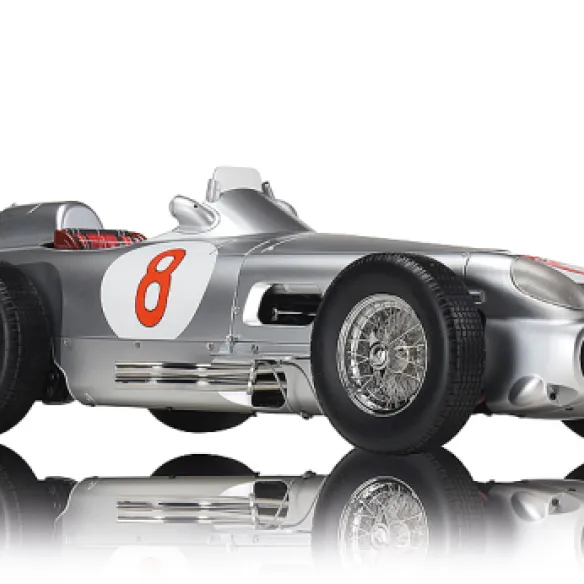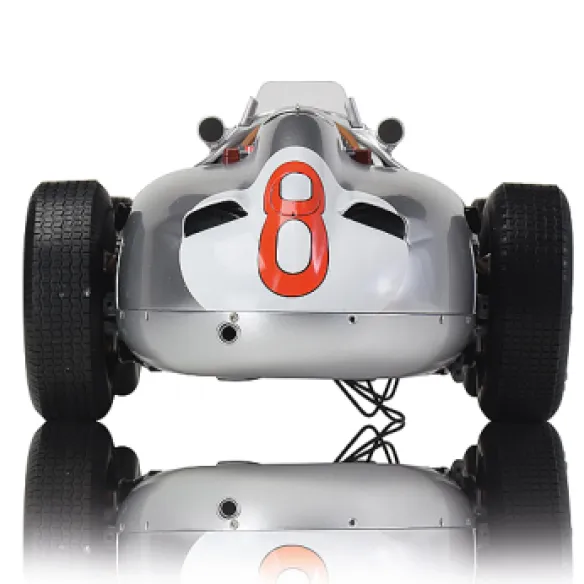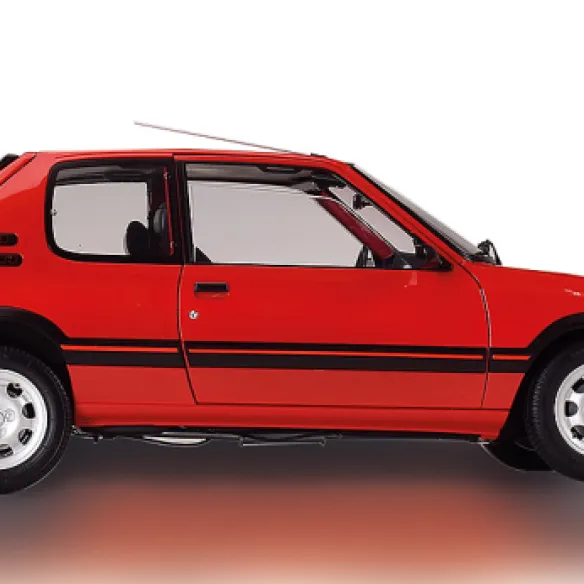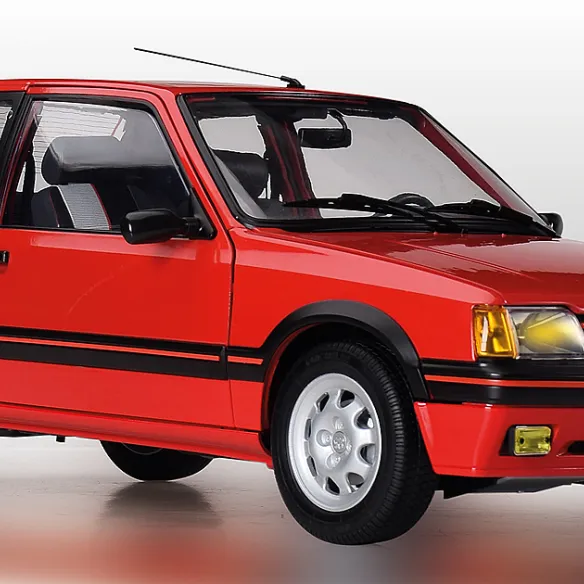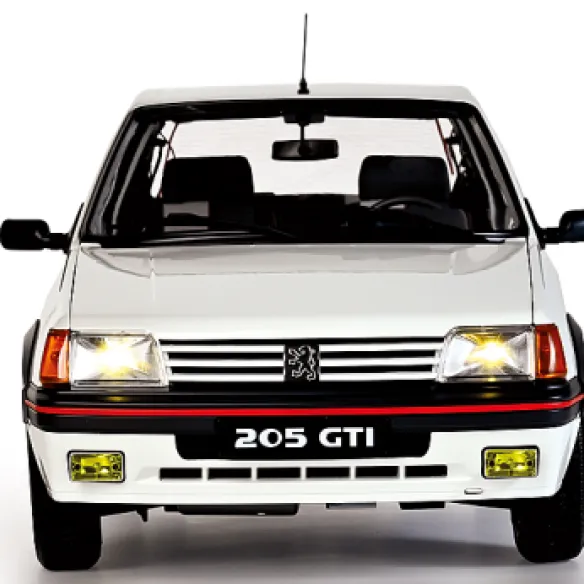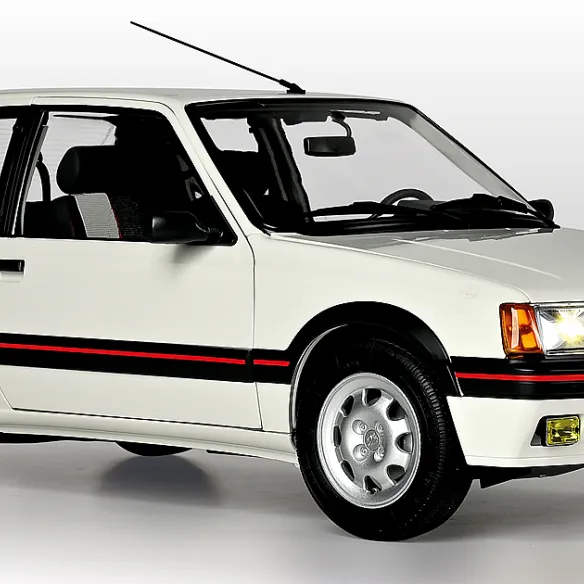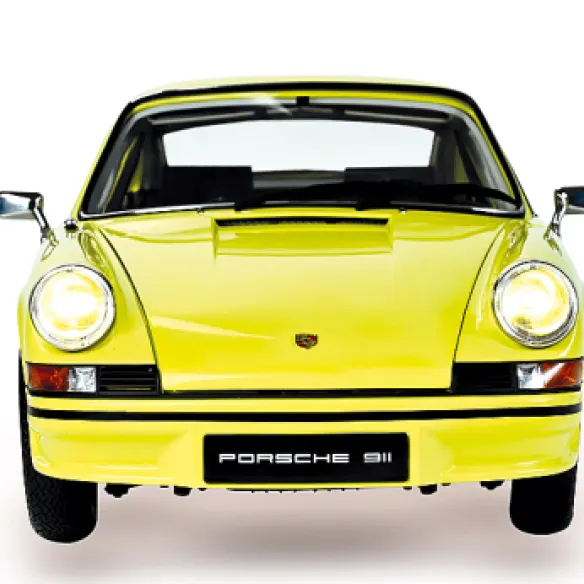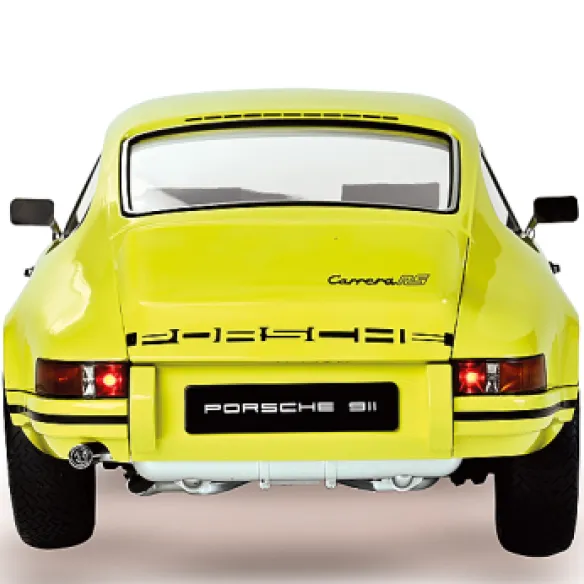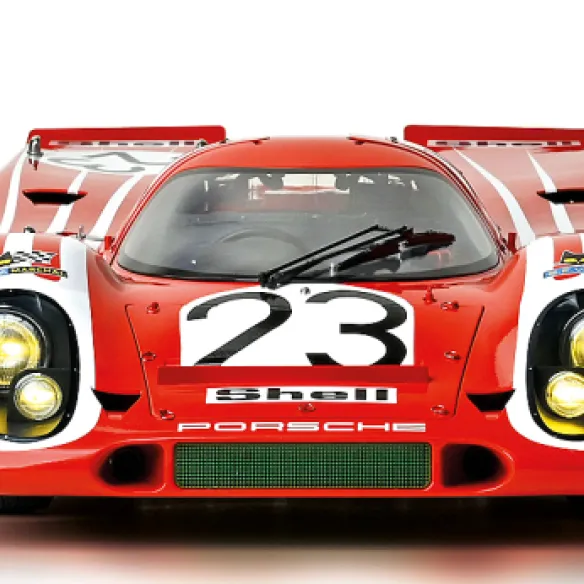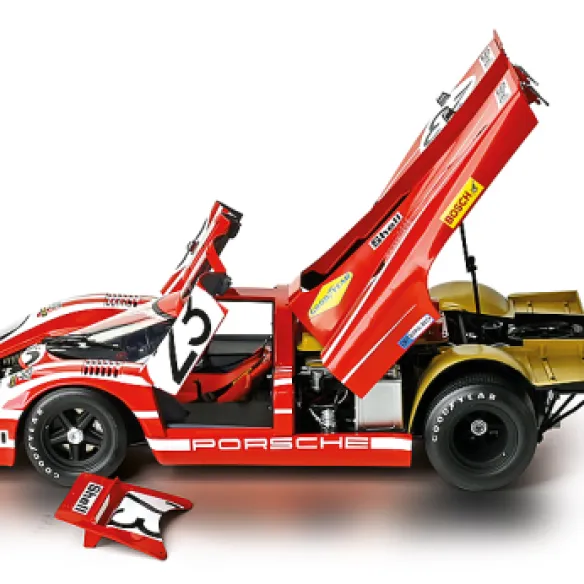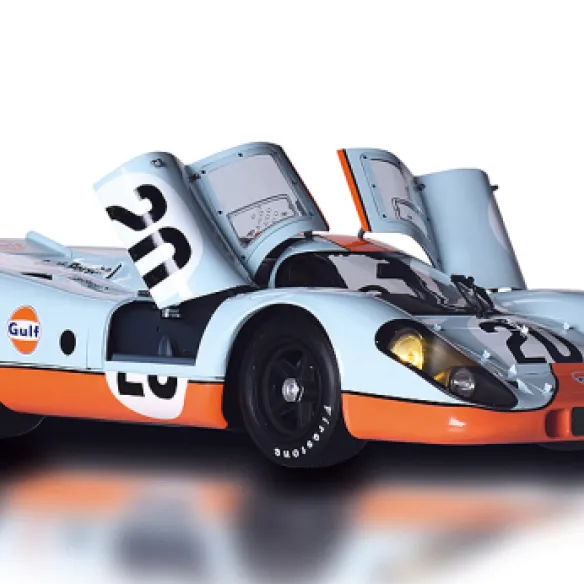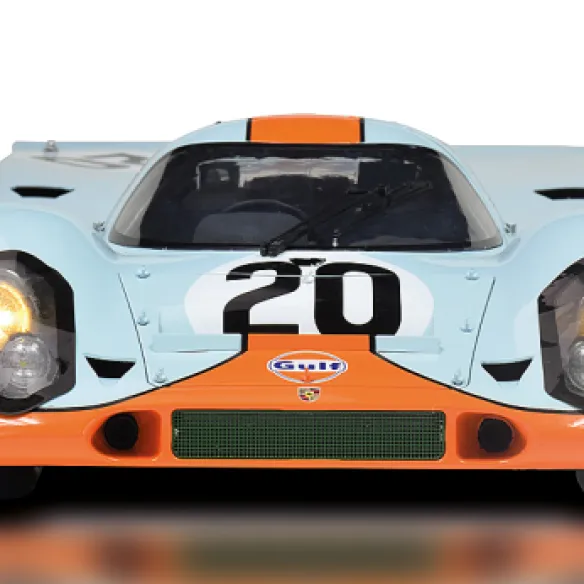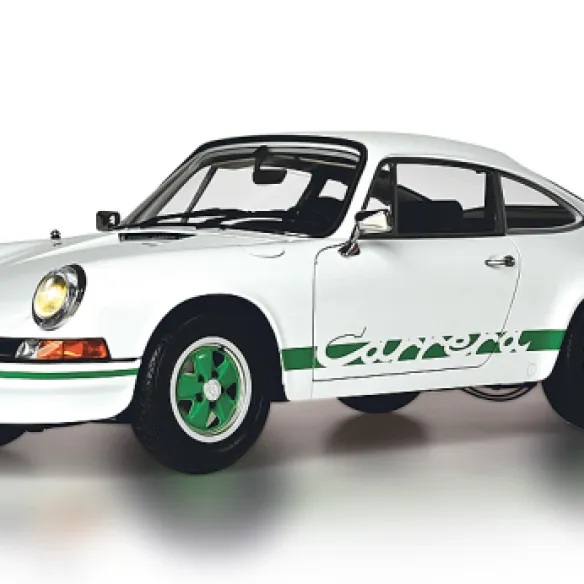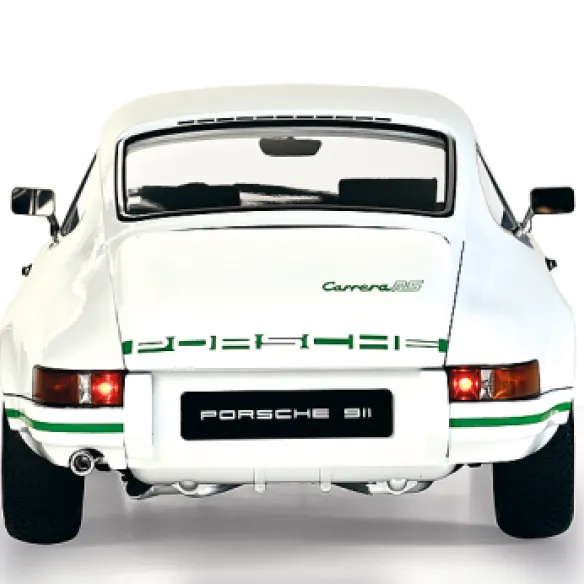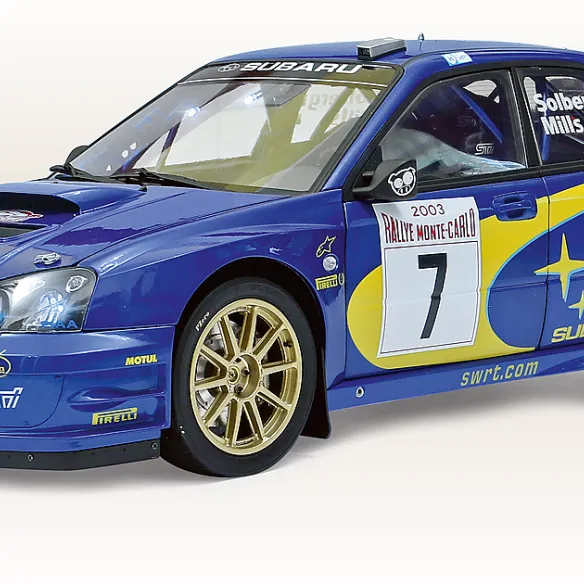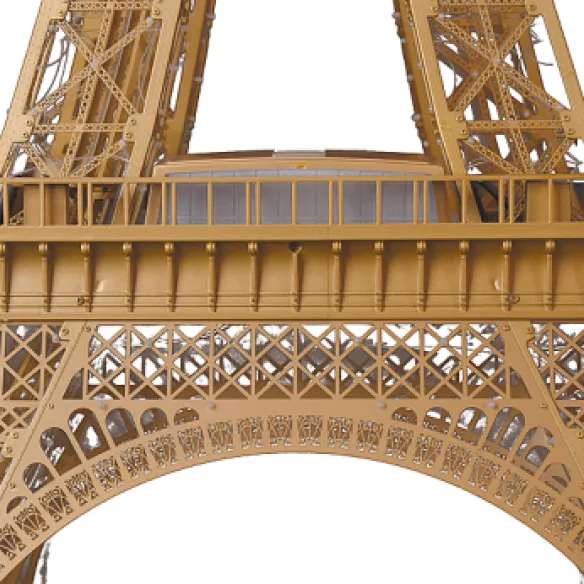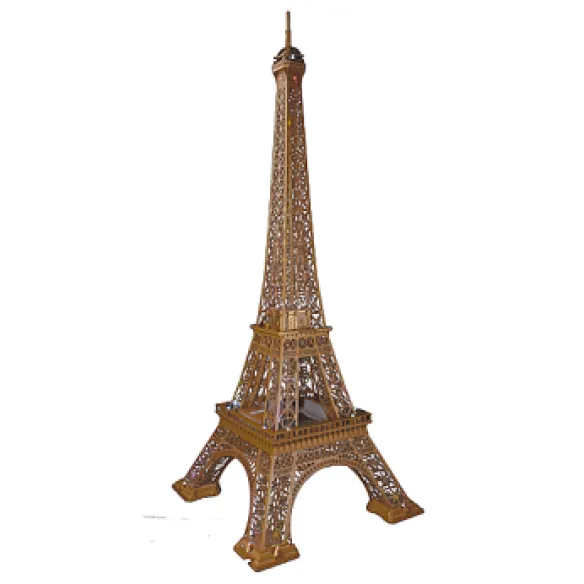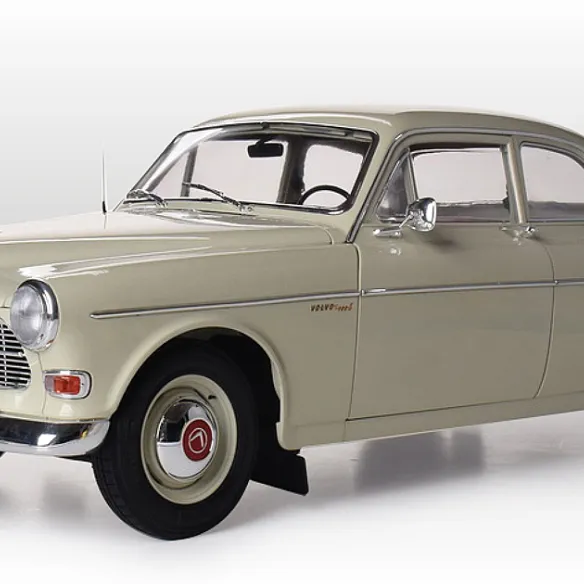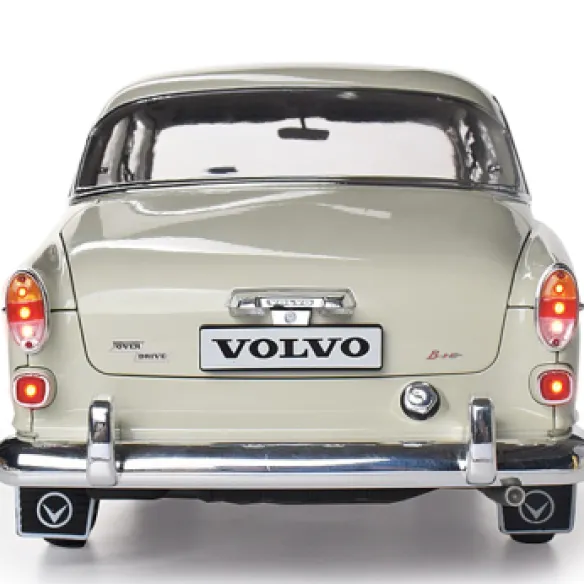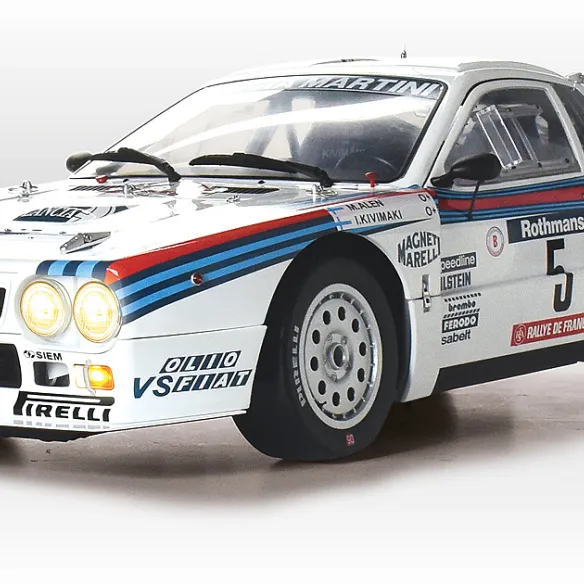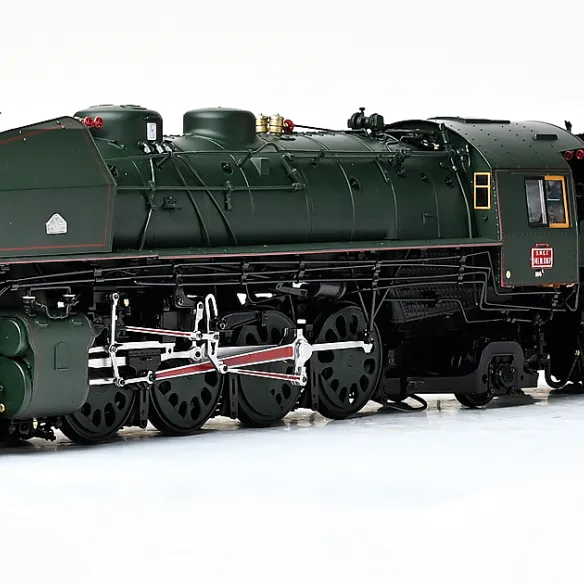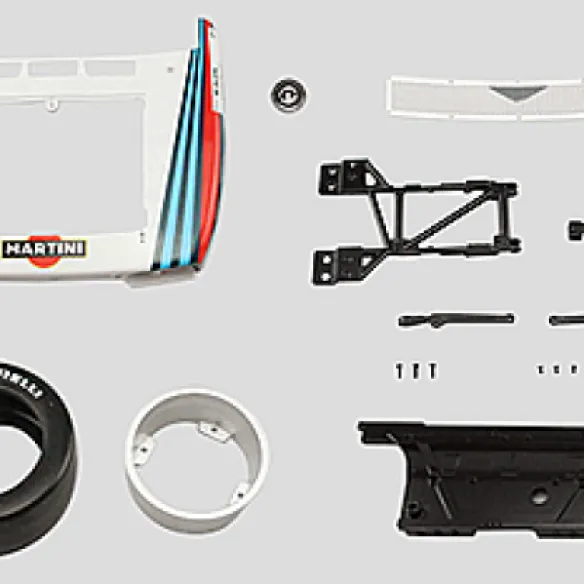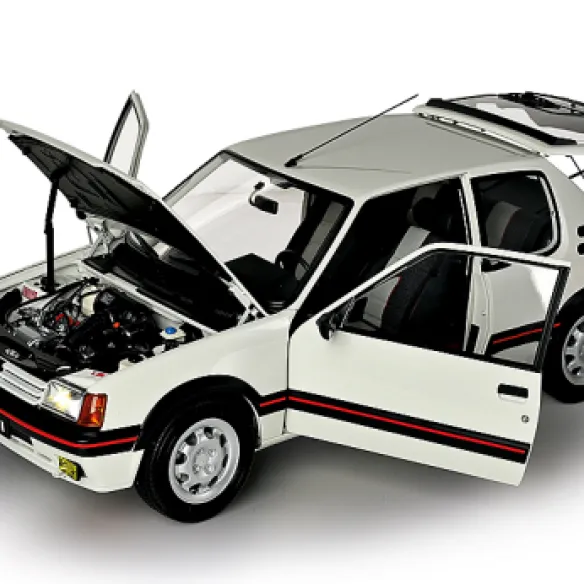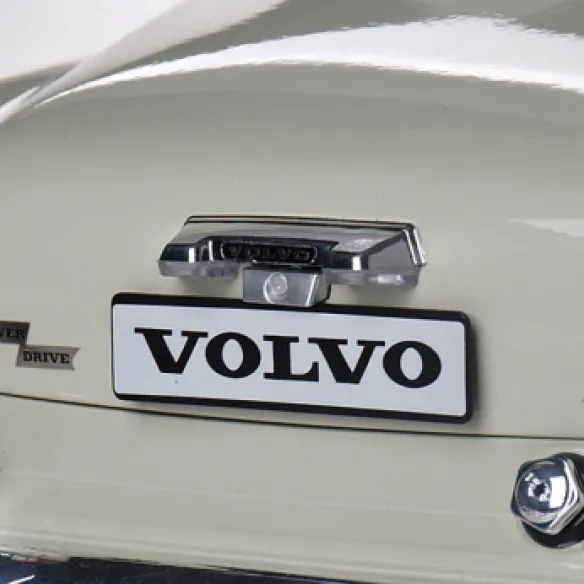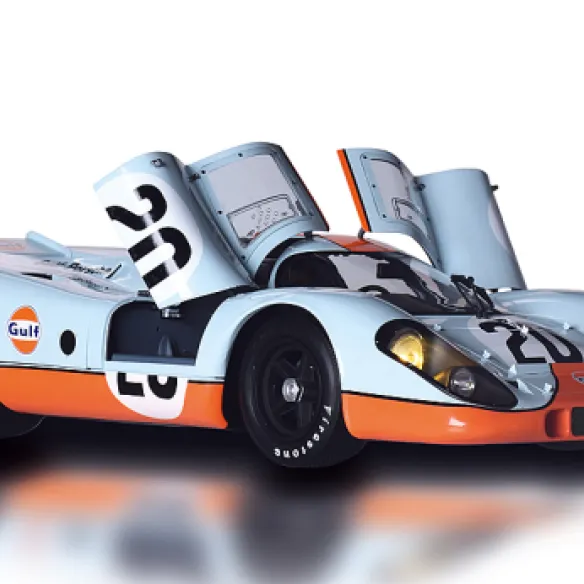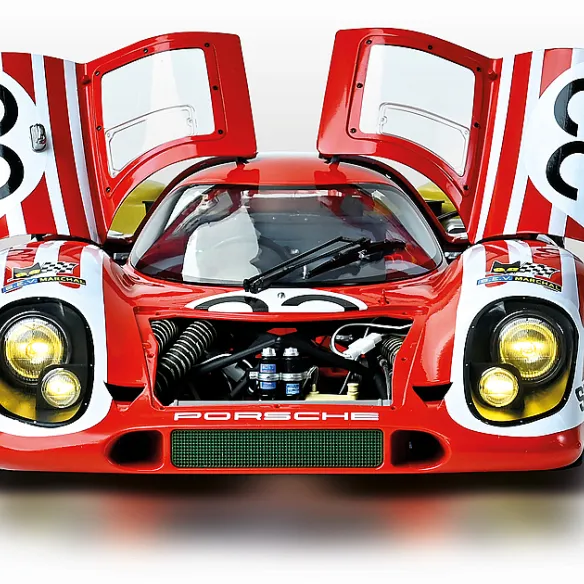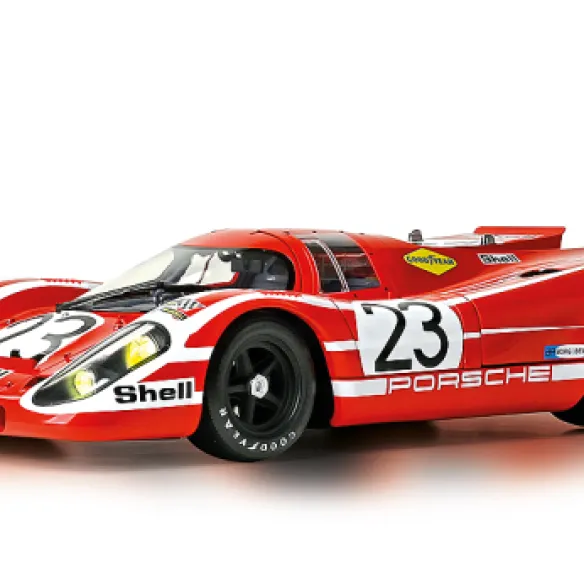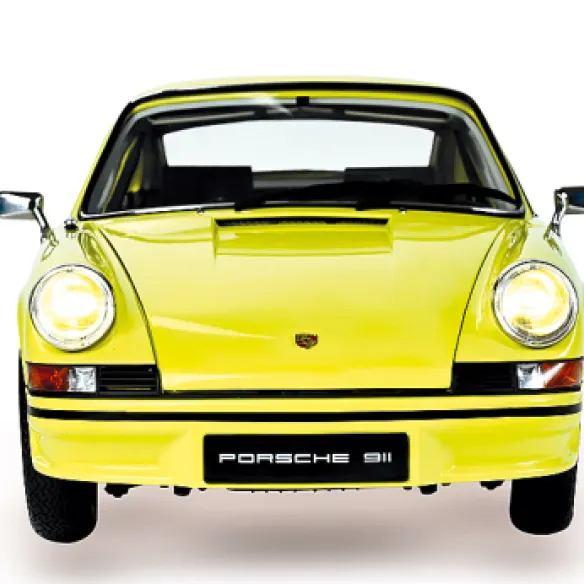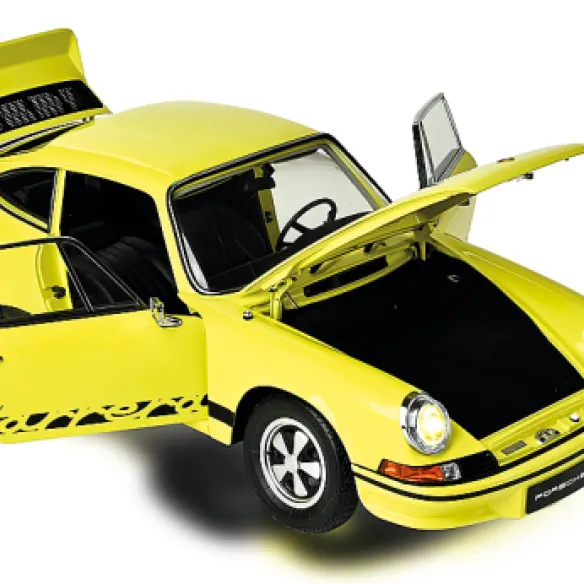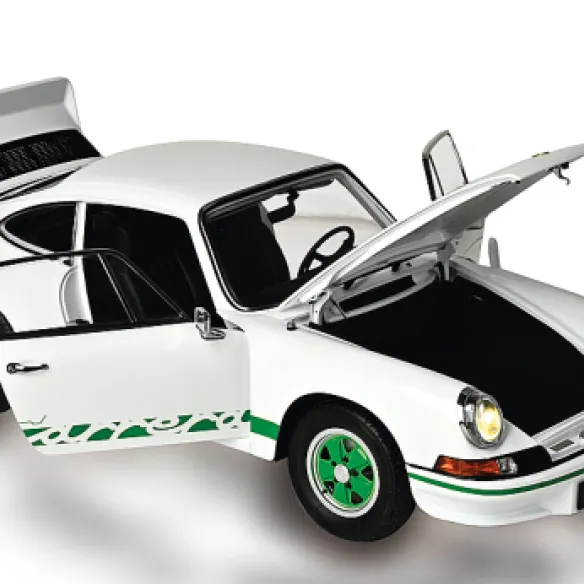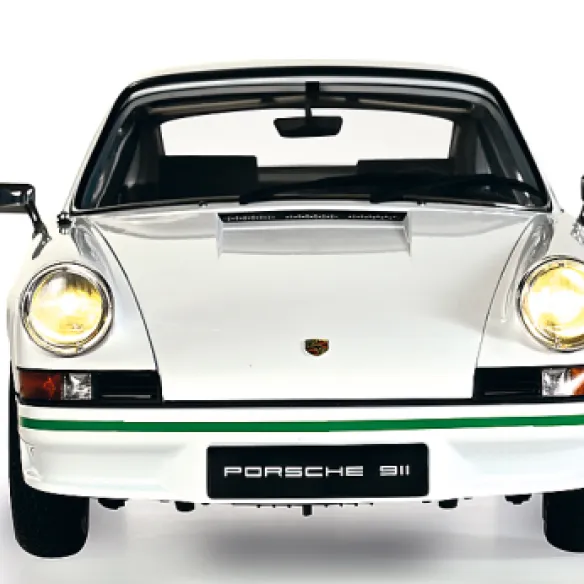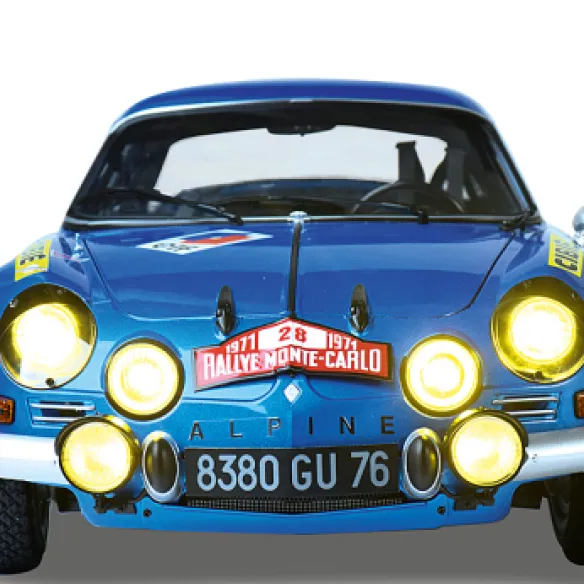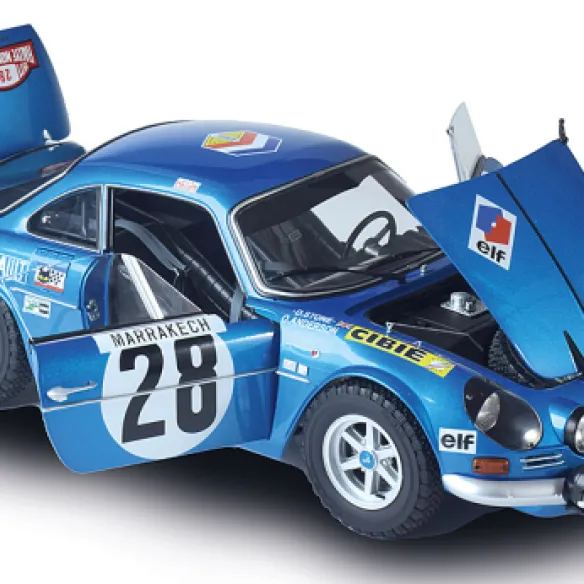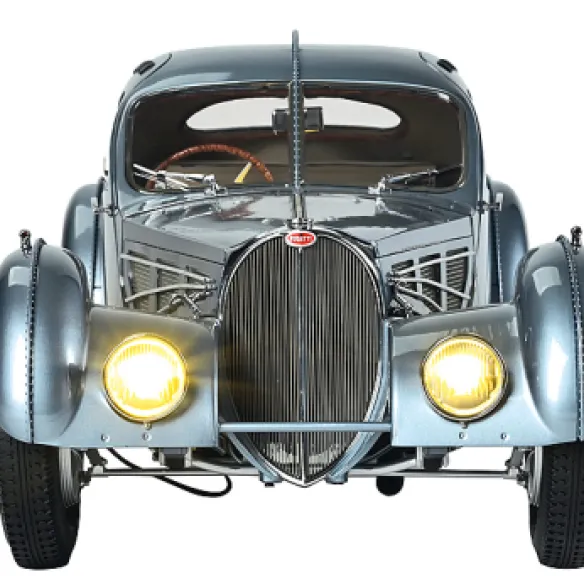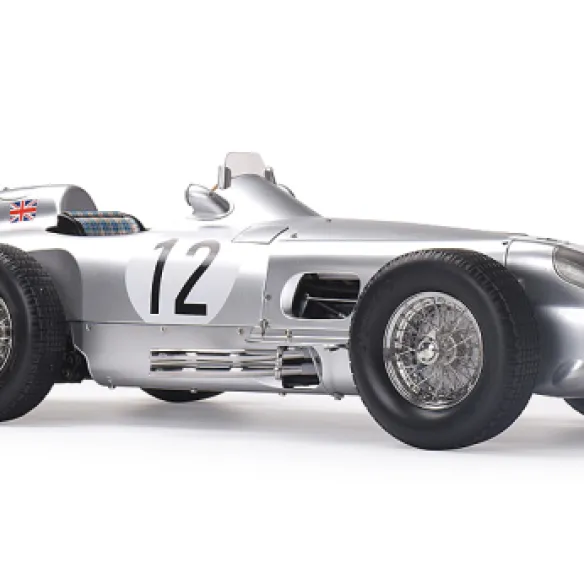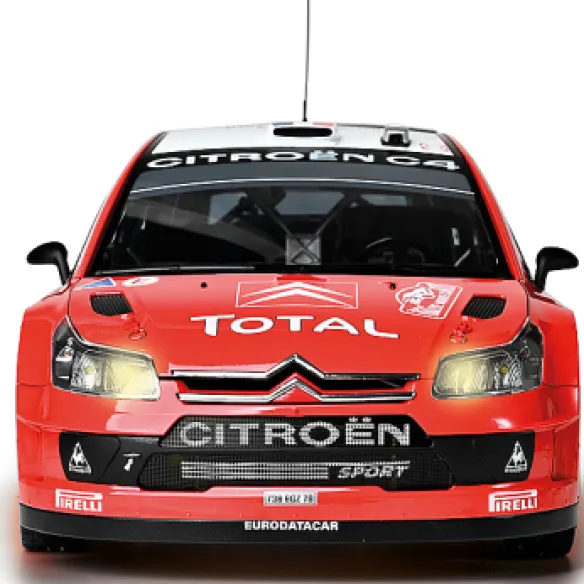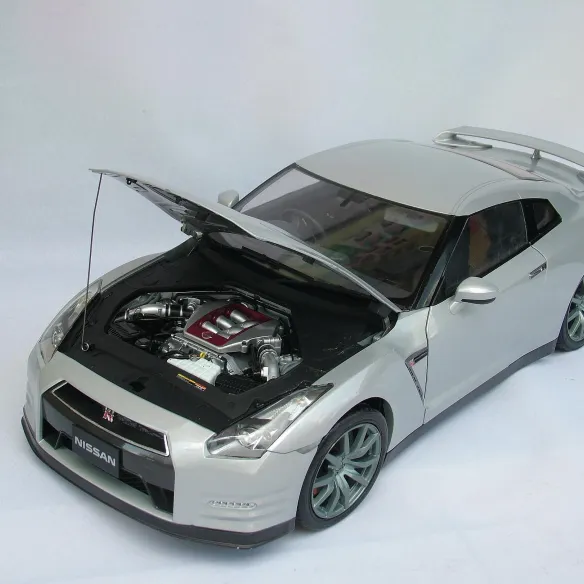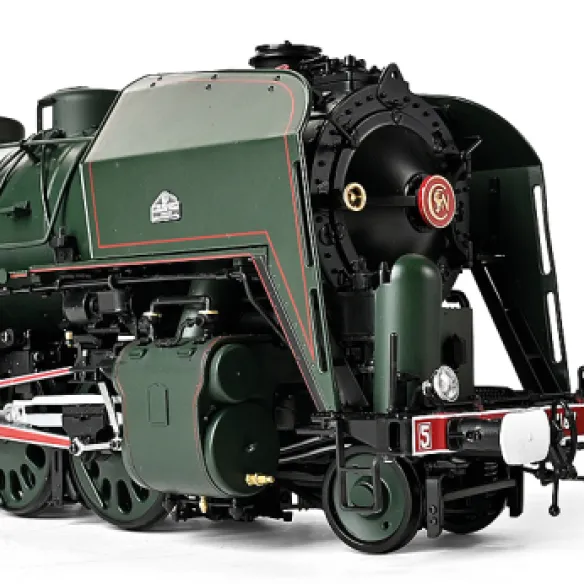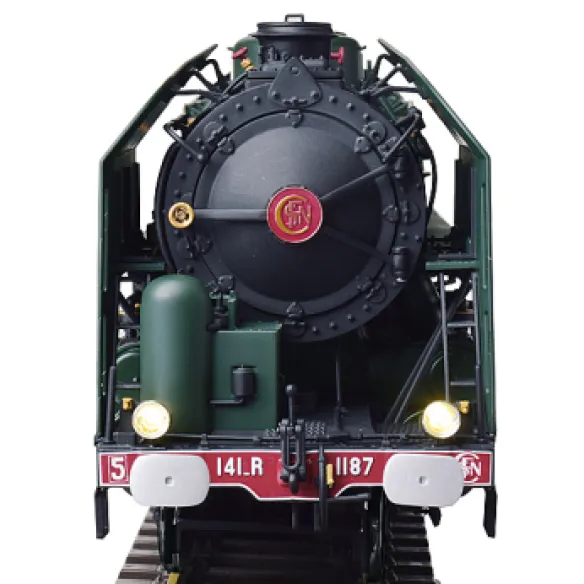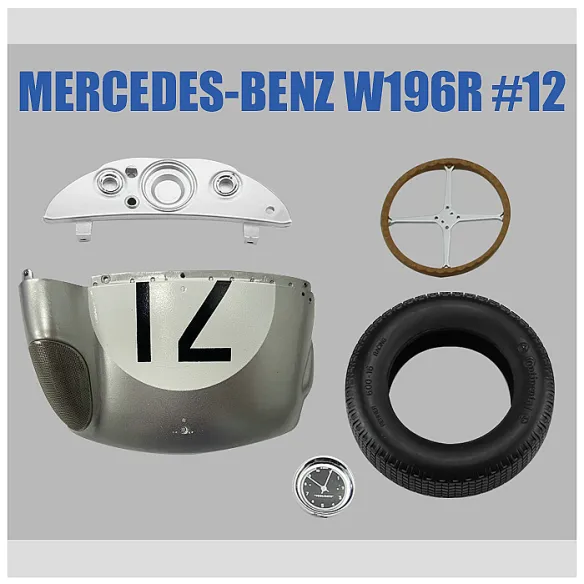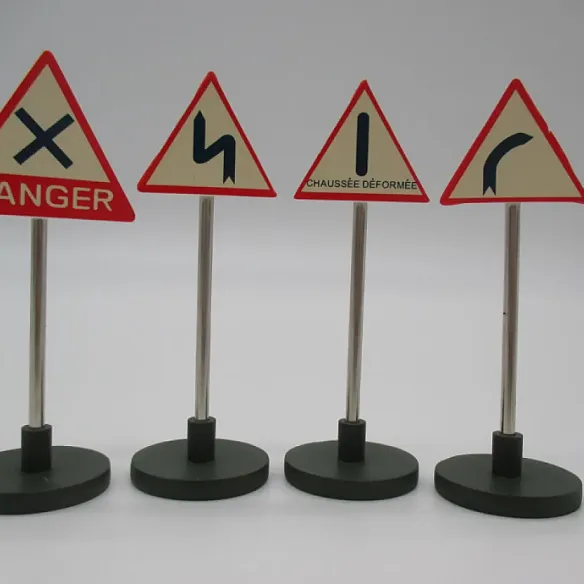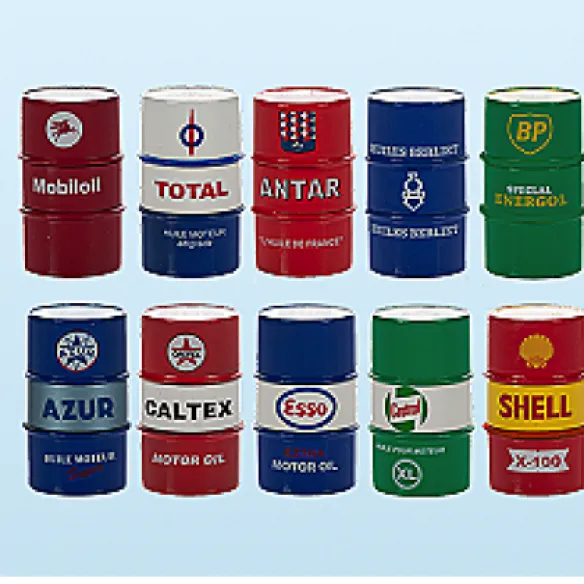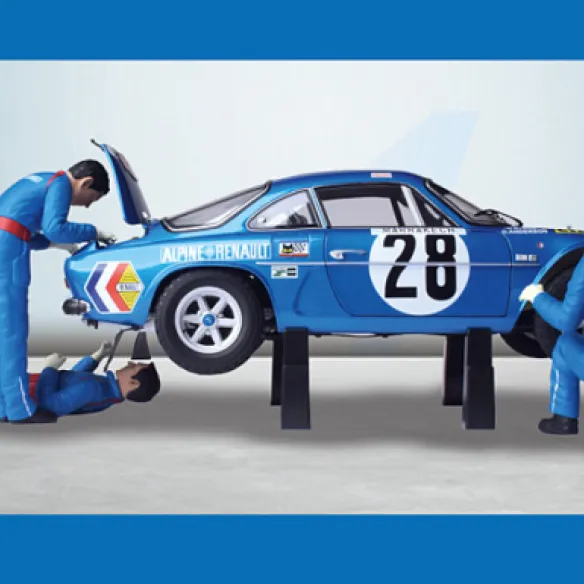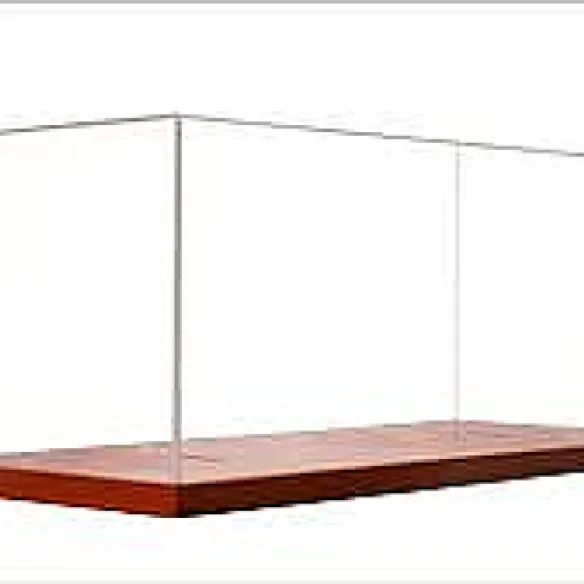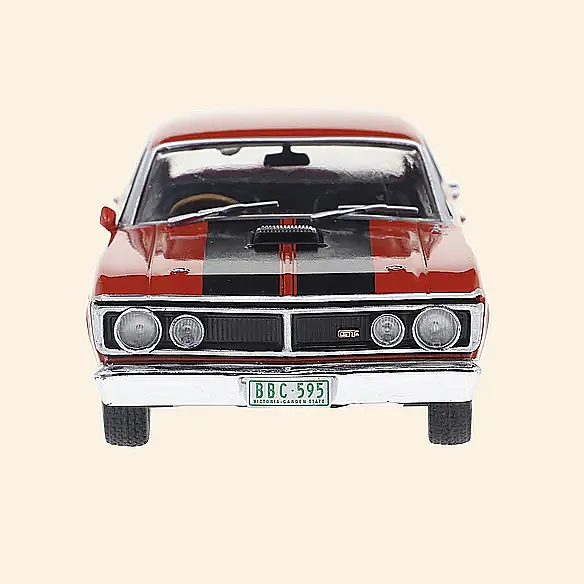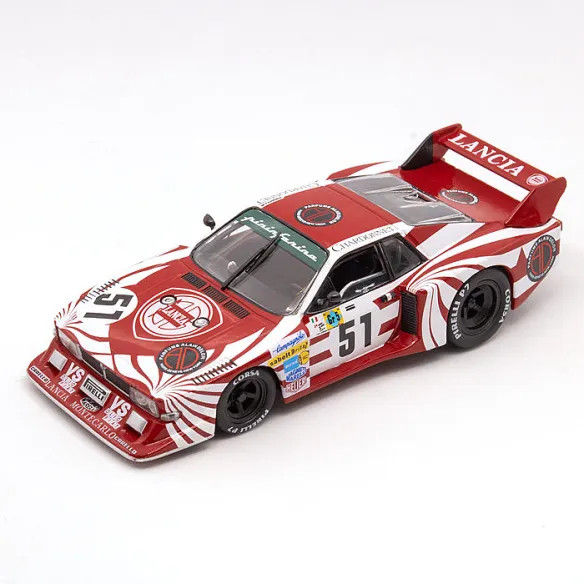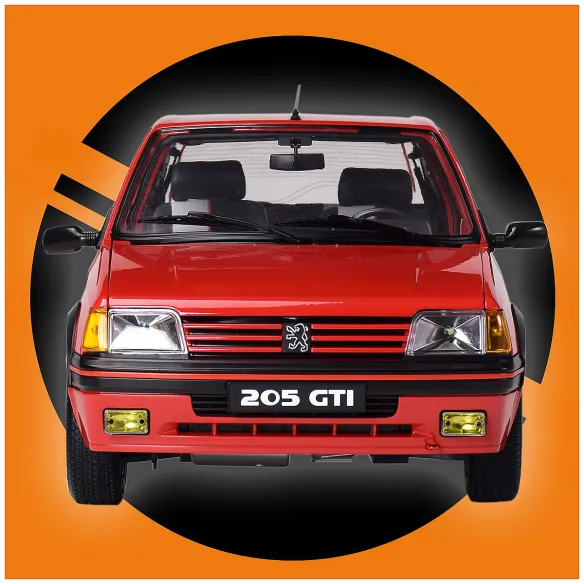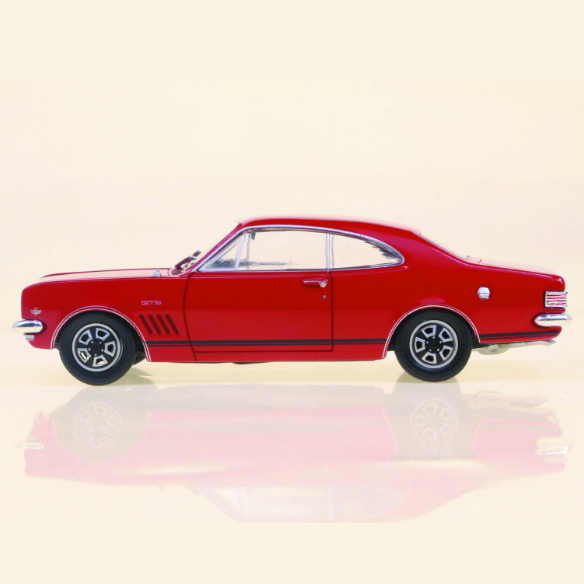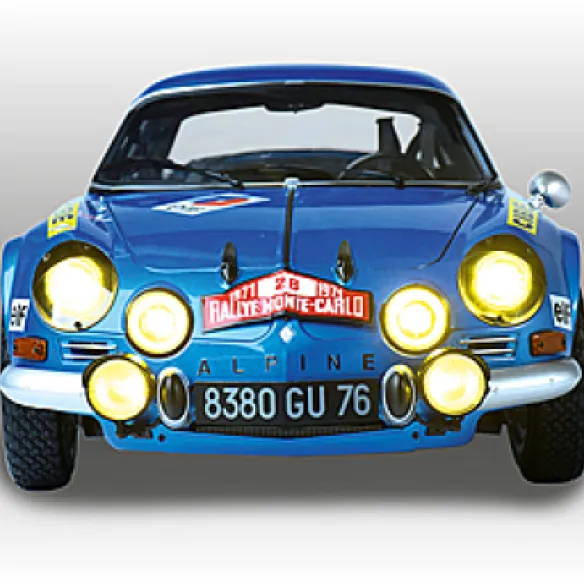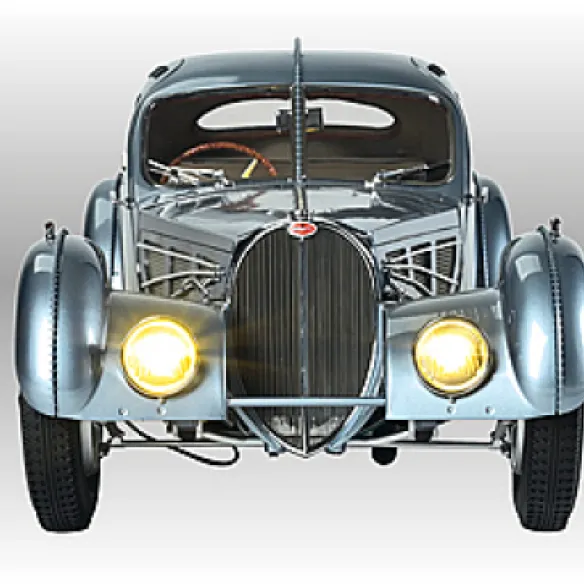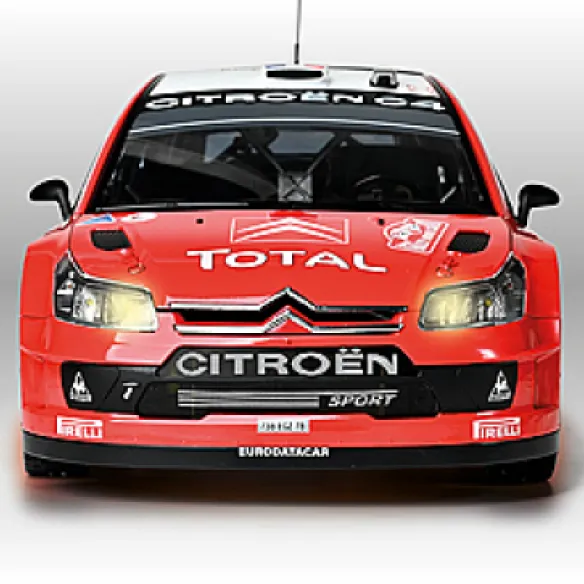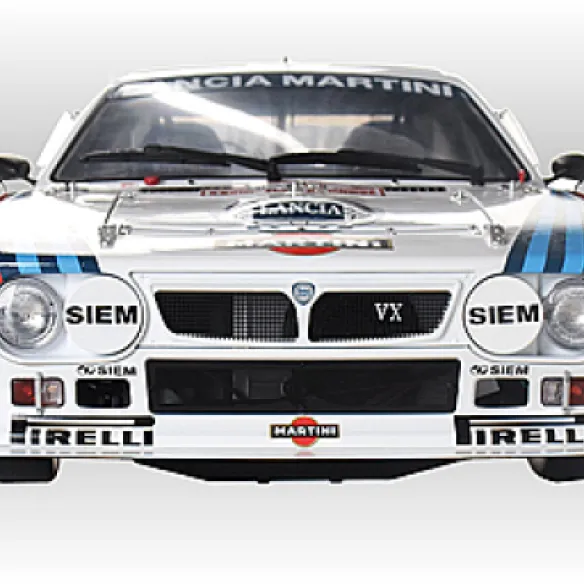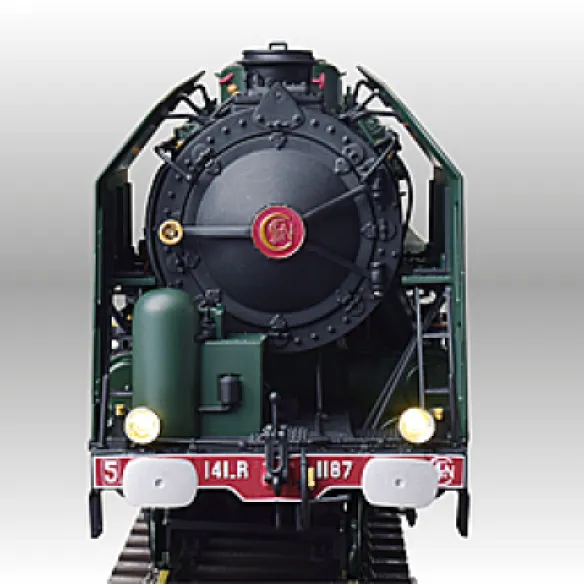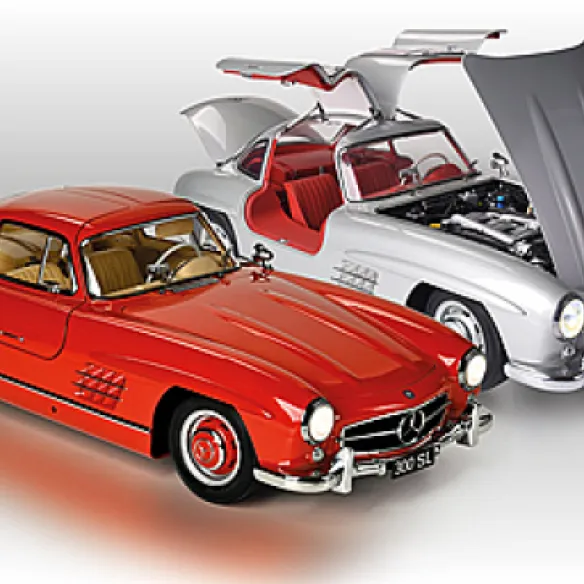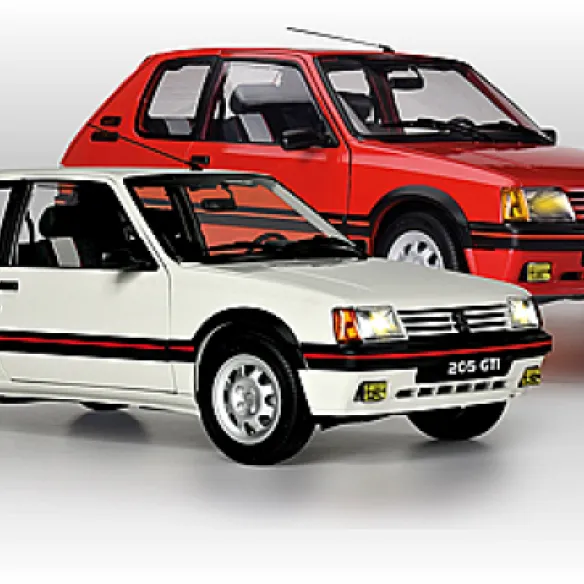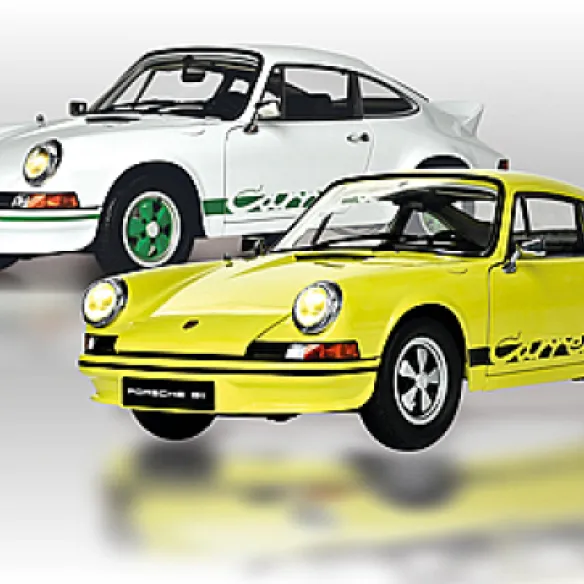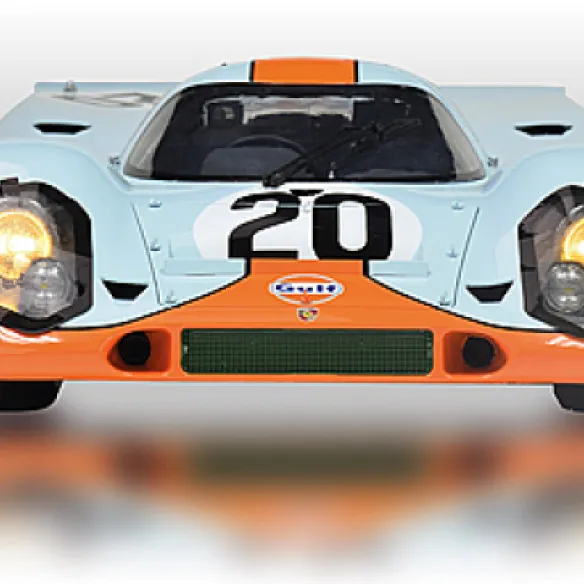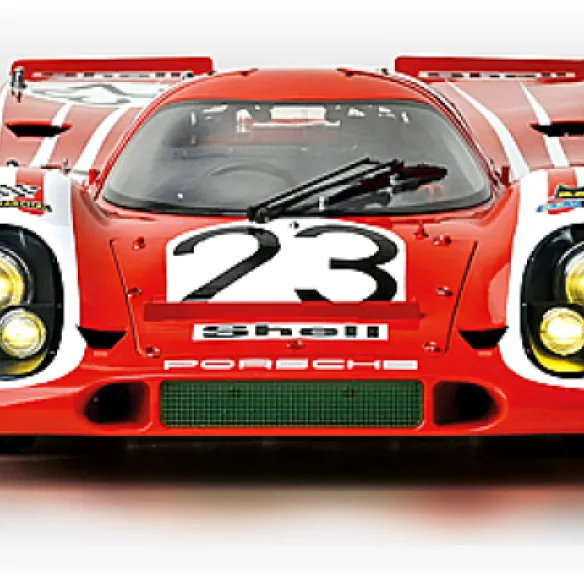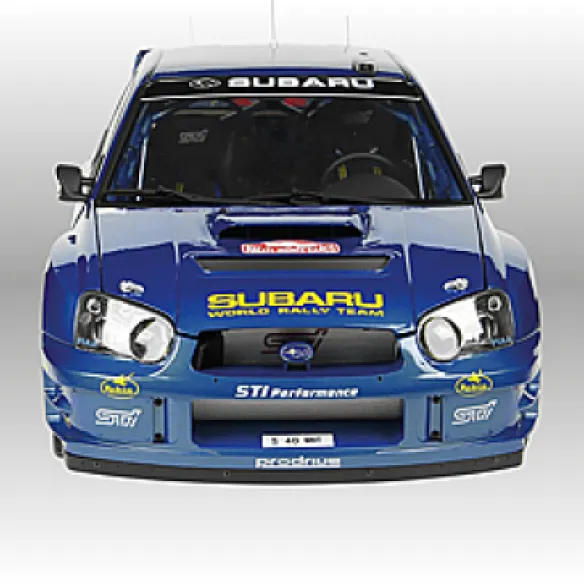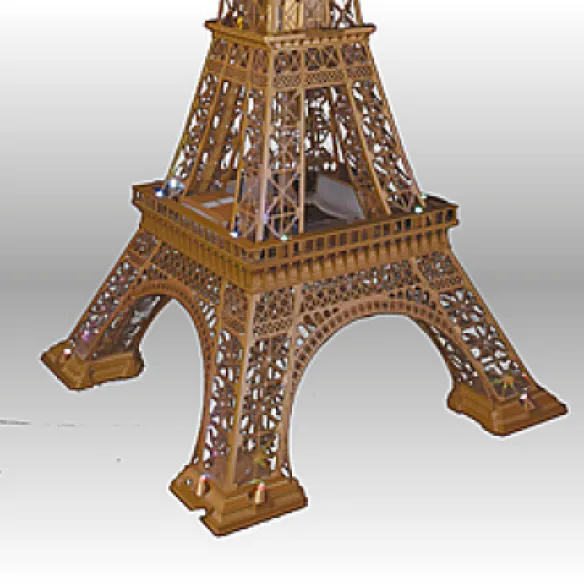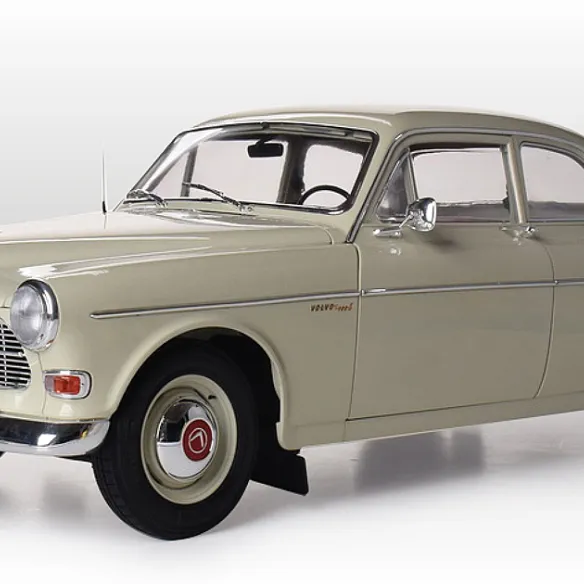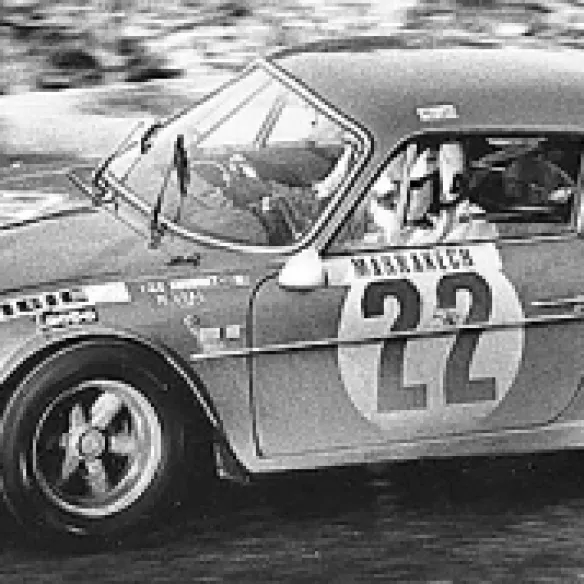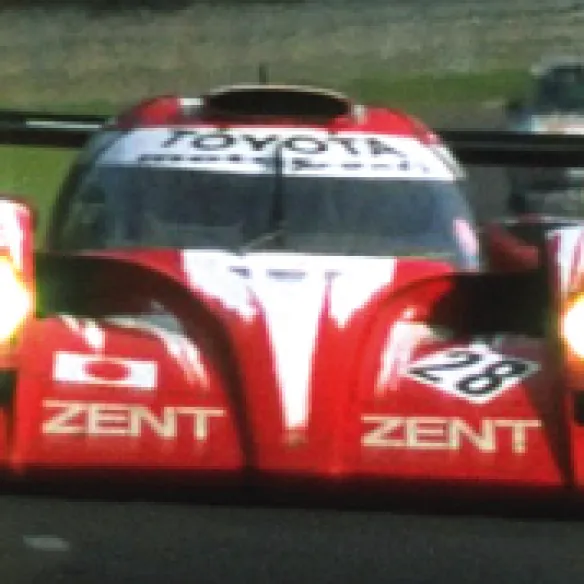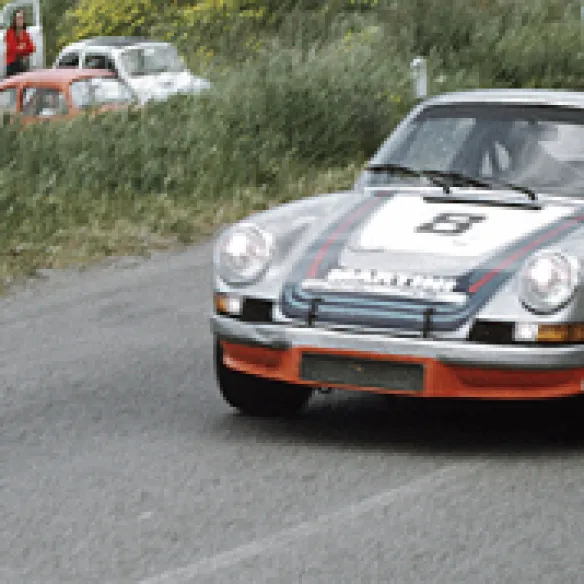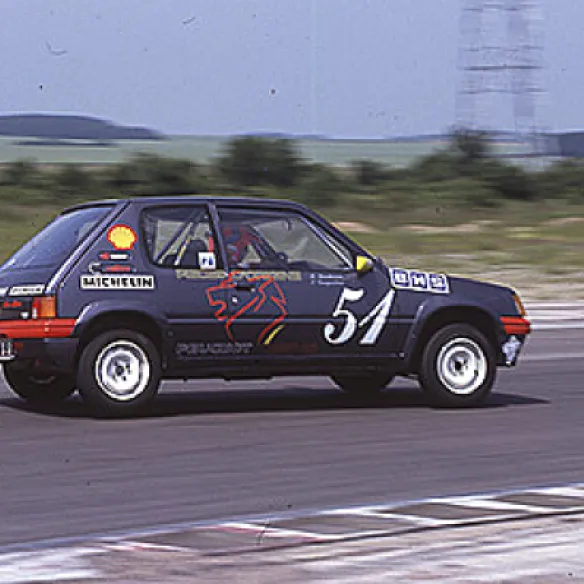
31/05/2023
Peugeot 908 HDi FAP
Peugeot 908 HDi FAP
Author : Cette collection est une adaptation de 24H Le Mans ® Le auto delle corsa più leggendaria al mondo Éditeur : Centauria Editore s.r.l.
Read moreThe first 908 FAP appeared on the track only to find an already victorious German two-seater capable of winning not only the 2006 Le Mans 24 Hours, but also the 2007 and 2008 editions, in both of which the new Team Peugeot Total diesel car finished second. In 2007, the gap at the finish of the 24 Hours was 10 laps, but in 2008, the French cars battled back and managed to concede just four minutes. That result suggested that revenge was on the cards for 2009. And that's exactly what happened.
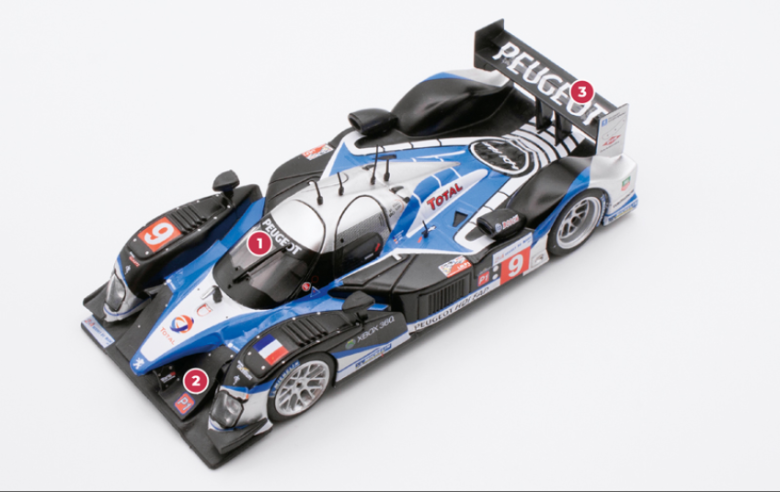
1. The 908 HDi FAP was designed with a totally enclosed body, which means it is fitted with an air conditioning system to prevent the cabin from becoming too hot.
2. On the three cars prepared for Le Mans, the air inlets on the sides of the bonnet are closed off by panels which divert the air over the suspension.
3. In 2009, the factory team's livery was almost identical on the three cars that started, with the only differences being the colour of the rear mirrors and the rear wing.
© IXO Collections SAS - Tous droits réservés.
The only thing the 908, known as the HDi FAP to evoke the commercial designation of production car turbo diesel engines, actually shared with the road cars was the common rail fuel injection system.
Its core was a powerful twin-turbocharged 5.5-litre V12 engine open at 100° (to lower the centre of gravity), with four valves per cylinder and two turbochargers. For the next three years, this power unit was to remain largely unchanged, except for the changes required by the regulations to reduce the advantage over petrol-powered cars. While the powertrain remained unchanged, the aerodynamics evolved: in 2008, the rear section was improved, and in 2009 it was optimised by the introduction a number of solutions designed for the Sarthe event. At Le Mans in 2009, Peugeot's car was up against the new Audi R15 TDI, which raced alongside two R10 TDIs and the new Lola-Aston Martin.
It demonstrated its superiority over its rivals right from the qualifying sessions, when the N°8 car driven by Franck Montagny, Stéphane Sarrazin and Sébastien Bourdais recorded the fastest time ahead of the N°1 R15 and three other 908 HDi FAPs, two official cars and one entrusted to Team Pescarolo. The desire to win was so intense that, in order to increase its advantage, Peugeot submitted a complaint to the FIA before the start on the basis of a possible irregularity concerning the nose of the new Audi which was replacing the one that the organisation's technical stewards had rejected a few days earlier.
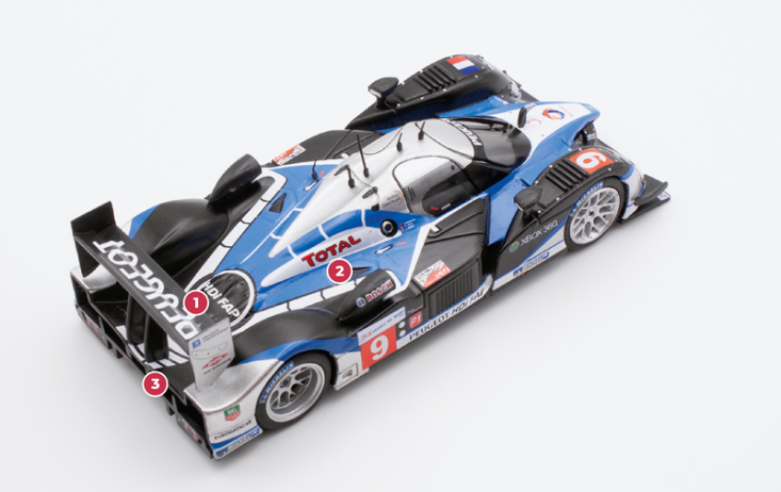
1. The Peugeot and HDi FAP lettering on the rear and spoiler are inspired by the logos of series production cars, as are the four slightly oblique rear lights.
2. This configuration of the rear bodywork and the periscope air inlets was defined in 2008, resulting in the version known internally as "evolution".
3. The original Ricardo six-speed gearbox is fitted as a unit with a self-locking differential.
© IXO Collections SAS - Tous droits réservés.
In the race, the Peugeots dominated. Victory went to the N°9 car driven by Alexander Wurz (his second personal victory after 1996), Marc Gené and David Brabham, ahead of the N°8 car which started from pole position and finished second. Audi settled for third place. After the race, Peugeot withdrew its complaint to the FIA, stating that the organisers had committed themselves to examining the reasons put forward by the car manufacturers more closely.
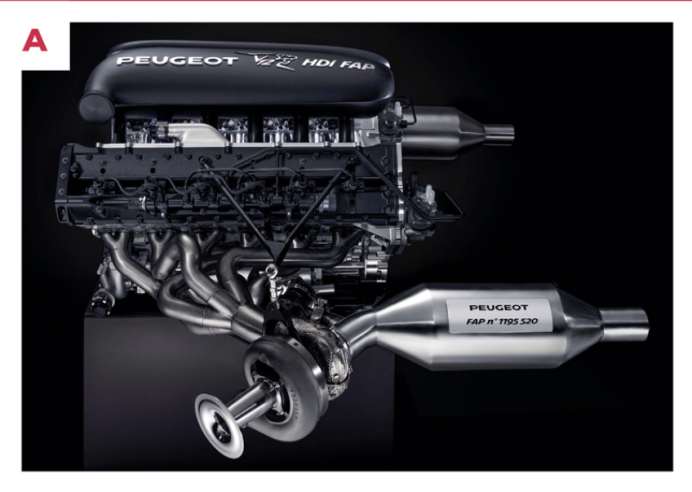
A. In 2009, regulations were introduced limiting the power of diesels - to bring them in line with petrol engines - with a smaller flange and a turbo pressure limited to 2.75 bar. © IXO Collections SAS - Tous droits réservés.
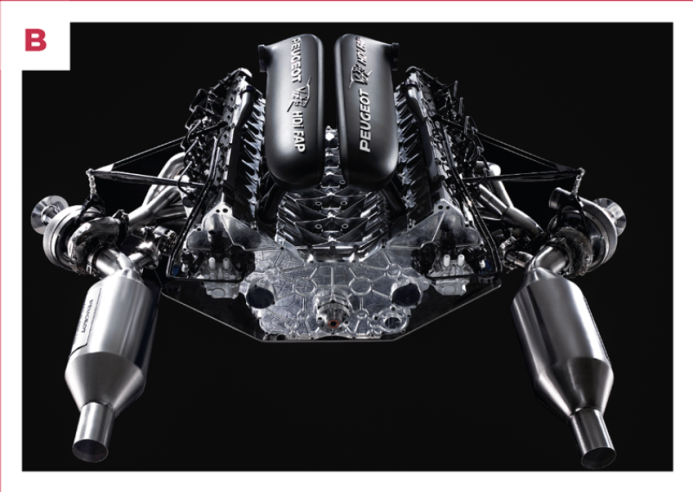
B. The engine developed by Peugeot is a V-shaped 12-cylinder engine open at 100° in order to lower the centre of gravity of the 908 HDi FAP. © IXO Collections SAS - Tous droits réservés.
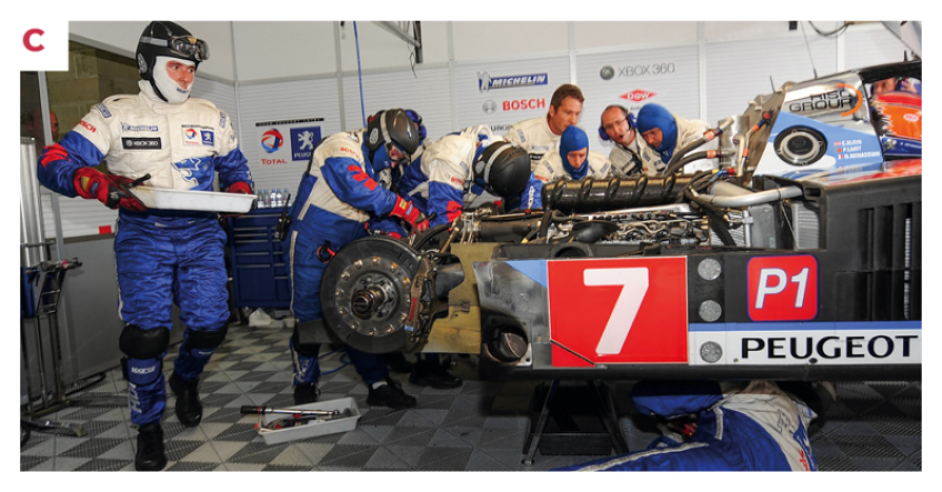
C. The mechanics of Peugeot Total at work on the N°7 908 HDi FAP after a minor accident involving the driver Pedro Lamy in the pit lane. © IXO Collections SAS - Tous droits réservés.
Recent articles
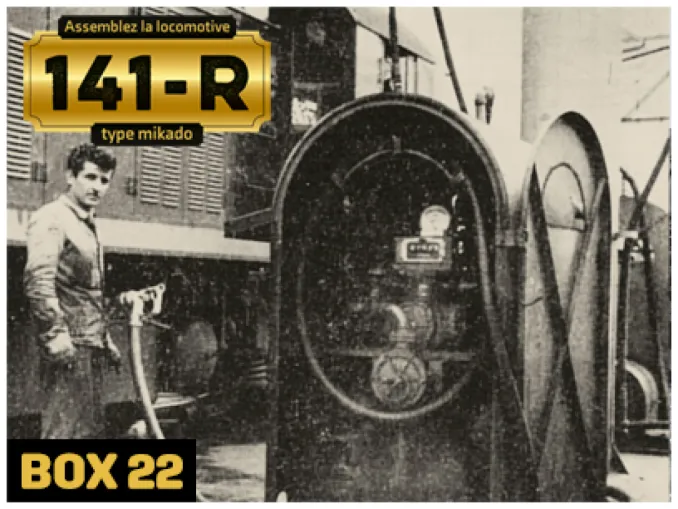
24/06/2025
The 141-R, late queens of petrol
With the 141-R, the reign of coal in France suddenly declined.
Read more
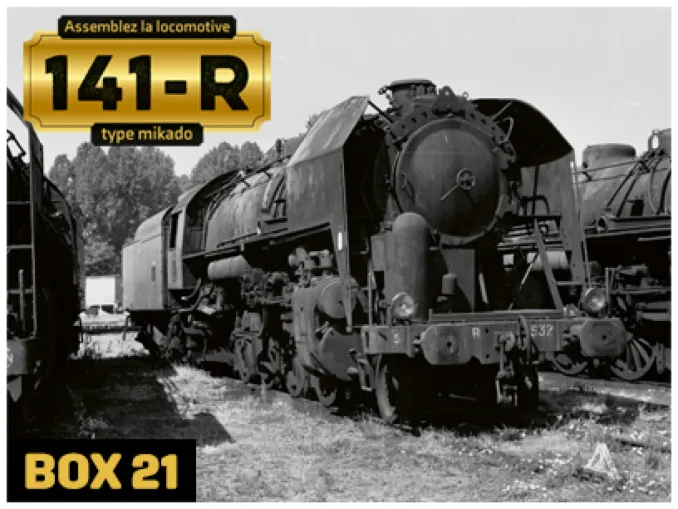
24/06/2025
The 141-R, the arrival of the second tranche
The 141-R-701 to 1340 locomotives make up the second tranche, delivered from 15 August 1946, while those in the first tranche are still being delivered.
Read more
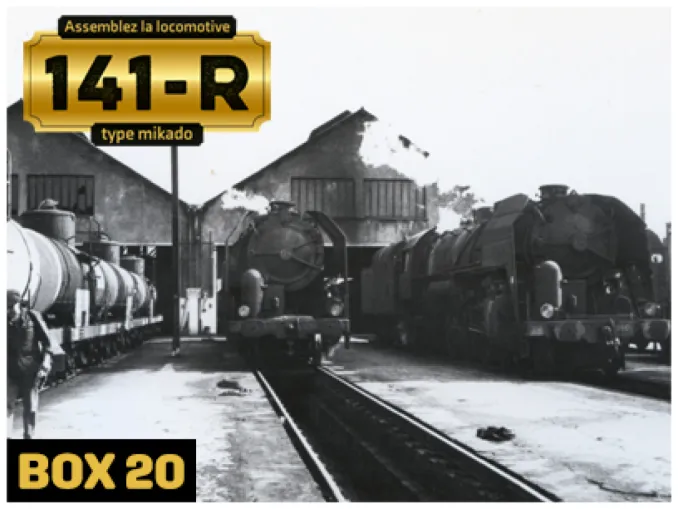
24/06/2025
THE 141-R CHANGED THE ROLE OF STAFF
These powerful, robust locomotives, imported from the United States after the Second World War, radically transformed the role of the staff at SNCF depots in terms of rail transport in France.
Read more


 English
English français
français Deutsch
Deutsch español
español italiano
italiano português
português